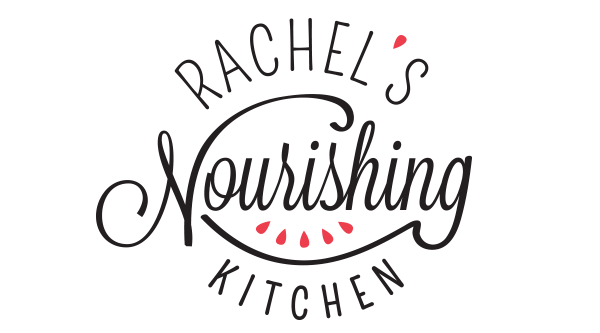Quinoa is everywhere these days.
Popping up in funny Miller Lite commercials in the form of “queen-o” burgers.
Receiving props worldwide with 2013 being deemed “The International Year of Quinoa.” (Seriously, there is such a thing!)
And showing up on grocery store shelves in everything from cereals to snack foods.
All the while driving people crazy with its less than phonetic spelling!
Here are some fun facts about this hearty little seed:
- It’s pronounced “KEEN-wah.”
- It’s technically a seed or pseudocereal and is harvested from a plant related to beets and spinach.
- It comes in a variety of colors (red, white, black, orange, brown, pink, pale yellow).
- It’s a complete protein (contains all 9 essential amino acids) and is packed with nutrients like calcium, phosphorus, magnesium and iron.
- There is a naturally occurring, bitter outer coating on quinoa called saponin that needs to be rinsed off prior to eating, otherwise it will be bitter.
- It doesn’t contain gluten, the sticky protein found in barley, rye, wheat, and a few other grains, so it is safe for people with gluten sensitivities or intolerances.
- Swap it out to replace rice or couscous to change up your recipes.

Where do you buy quinoa?
I buy a big 4 pound bag for $10-$15 at BJs Wholesale Club, and it lasts for months. You can find it cheap at Trader Joe’s and in the bulk section of grocery stores like Wegmans and Whole Foods as well as in natural food stores like MOMs and Roots Market. All major grocery stores sell it these days, but it’s cheaper to buy it in bulk at the stores above or wholesale clubs than in a box at Safeway.
Want to know the secrets to cooking perfect quinoa every time? Follow these steps!
- 1 cup quinoa
- 2 cups water or low sodium vegetable stock (some people find using a little less liquid – 1.75 cups – works well, too, but I’ve always used two!)
- Pinch of sea salt
Optional ingredient: Instead of sea salt, use a thumb-size piece of kombu (you find this seaweed online or at any of the stores listed above). When you add kombu to grains (and beans) while cooking them, it infuses them with minerals, makes the grain more digestible, and reduces acidity and gas!
- Rinse and drain the quinoa in a fine mesh strainer until the water runs clear. This gets rid of the bitter coating, so it is an important step!
- Put the rinsed quinoa, water and salt (or kombu, if using) in a pot.
- Cover and bring to a boil, then reduce the heat to a low simmer and cook for about 15 minutes.
- DO NOT STIR THE QUINOA WHILE IT IS COOKING. It will not cook properly if you do. If you want to check on it, just remove the lid and tilt the pot a little – if the water hasn’t been absorbed, keep simmering.
- When all the water is absorbed and the curly white tail “pops” off the quinoa, you know it’s done!
- Remove the pot from the heat, and discard the kombu (if using).
- Fluff quinoa with a fork. Let it cool slightly (10-15 minutes) before serving.
For the more visual learners, check out this one-minute video that shows you how to cook quinoa!
Unfortunately, many people’s first experience with this nutrient-packed seed is eating it plain, and they are often so scarred by that experience that they never to try it again.
I love quinoa, but I don’t like plain quinoa – it’s boring and bland!
In my next post, I’ll be sharing my favorite way to prepare this super seed along with a few other delicious recipes, so stay tuned! Hooray for no more boring quinoa! 🙂


Nancy Bryant
This is so great. We were just thinking about quinoa the other day stating that we’ve not made it in a while. Have it at home. Just find it too long to cook but you just showed me that it’s no longer than cooking pasta really.